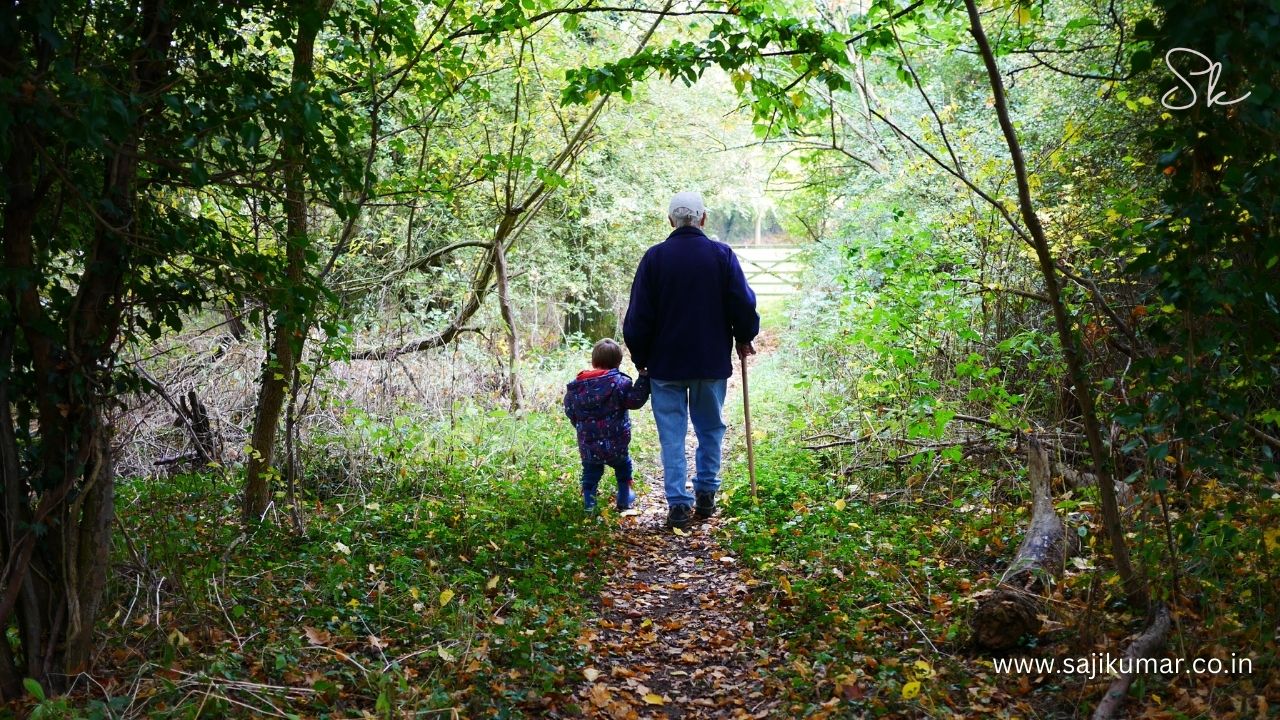Kerala’s ghost houses: the shelters for unsheltered species!
Oct 26, 2024
Kerala has over a million ghost houses. Demographic realignment due to the old migration of the natives and the new immigration of the outsiders creates an identity crisis. While old age homes have become a flourishing business, palatial homes boasters have built are but nature’s shelter pooling for the unsheltered species.
In the formative years of evolution from animal to human what the latter sought was shelter. First, humans lived in caves to protect themselves from hostile weather and unfriendly animals. Later they lived in huts made of materials available on the surface of the Earth, mostly with tree branches and leaves.

In the primitive days, by shelter, we meant a place to sleep and be safe from all hostile elements. Gradually, it became a place for making food and living in privacy. After that, the purpose of shelter changed in many ways. Now, the concept has completely changed; for a person or what may be called a nuclear family, we make big mansions that cover all facilities. The basic thought is that we should not go out for everything; our entertainment, our shopping - everything should be done at home. In our search for more comforts, we created more stress, which led to restructuring the planet as a non-livable place.
Kerala, with great cultural merits, political awareness, and 100 % literacy, has a special geographical position in India. Now a few districts have an alarming number of ghost houses. Some houses have habitations of ageing parents. There are beautiful houses which are desolate. The official report says there are more than 1.2 million ghost houses in the state. Recently, the Indian Express carried a report on a village called Kumbanad in Pathanamthitta. There was a time when Kumbanad was a lively village. Now it is lined up with many ghost houses. Many such villages exist in the state. The village shops close by evening since there is no business after 7 or 8 PM. Interestingly, two decades ago, most of the villages were poor but the movement was high. Now there are many buildings and banks but no people.

One out of five household family members lives abroad. Villages like Koippuram and Kumbanad have most people living abroad. In Ochira, Kollam district, a village is known as a “German colony” after a local church influenced by German missionaries invested in training many poor students in nursing. They migrated to Germany subsequently and settled there permanently. A few of them married to the Germans. The German colony had the Ochira natives permanently settled in Germany.
They built palatial houses for parents and also to show off. Each house has at least a member living abroad. Most of them are not keen to return for many reasons. They like the foreign culture and wish to settle in their newly adopted country. They choose citizenship of the country to raise their children with foreign education as a foreign national.
Another reason is political and moral policing in Kerala. Politics plays a big role in every aspect of life. Apart from these factors, the quality of education is deteriorating and recognised as below-standard outside the state. The definition of a house is something different for the natives. It is a place to show off but built on huge long-term liabilities. Many families subsequently struggle to pay off the loans. The signboards “For Sale” hanging on the gate are common scenes. Stories of housebreaking are also common.
The rising number of old age homes is an alarming sign. The elderly members of ghost houses move into old-age homes. This business is flourishing. Financially stable people take luxury memberships. Lifetime membership costs more than Rs 60 lakh and 1 Rs 1 core depending on the facilities. Unlike in the past, people now book the membership before crossing their 60s, because their children have already settled abroad with no chance of returning. Some well-to-do non-residents also take their parents with them as their babysitters until the parents can take care of their children. After crossing a certain age they leave their old parents back home.

Some reports say migration is increasing from places like Pathanamthitta, Thiruvalla, Kumbanad, Kozhencherry and Ranni. In Kottayam district, areas like Kaipuzha, Neendoor, Kaduthuruthy, and Uzhavoor are lined up with vacant palatial homes. Climate change has crossed the danger mark, provoking demographic relocation from the state. The 2018 floods took 489 lives and caused a staggering financial loss. A World Bank report points out a challenge in the living conditions of people in Kuttanad.
A home should be for safe living but not for show-off. But the people have adopted a different culture. They add more burden to the environment by building unnecessary homes. Most of the districts in the state are located under the Western Ghats, which are ecologically sensitive areas. New homes are built, contributing to quarries and environmental disasters. Natural calamities have become common.
A few ghost houses are looked after by outside labourers. For them, Kerala represents a ‘Gulf’ opportunity, and those who can't afford a caretaker find that creepers take over their homes. Such homes become sanctuaries of snakes, and many hitherto unseen reptiles, birds and animals. Nonetheless, some forms of life occupy the abandoned houses – nature pooling the shelters for the unsheltered.

SAJIKUMAR
https://sajikumar.co.in
Share
Comments
